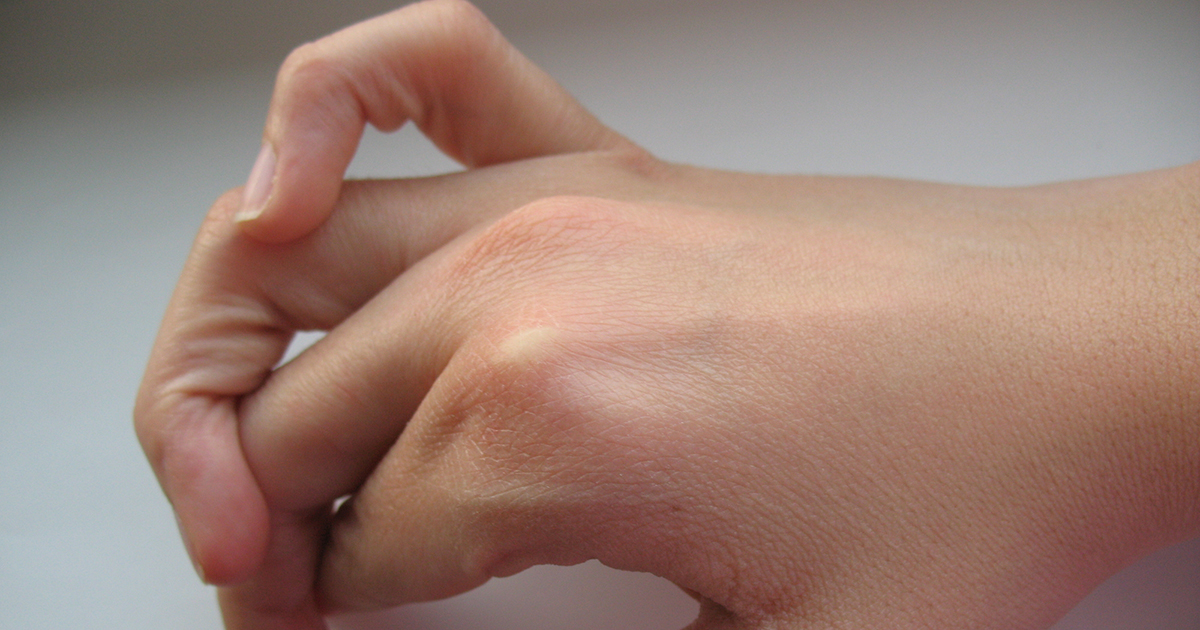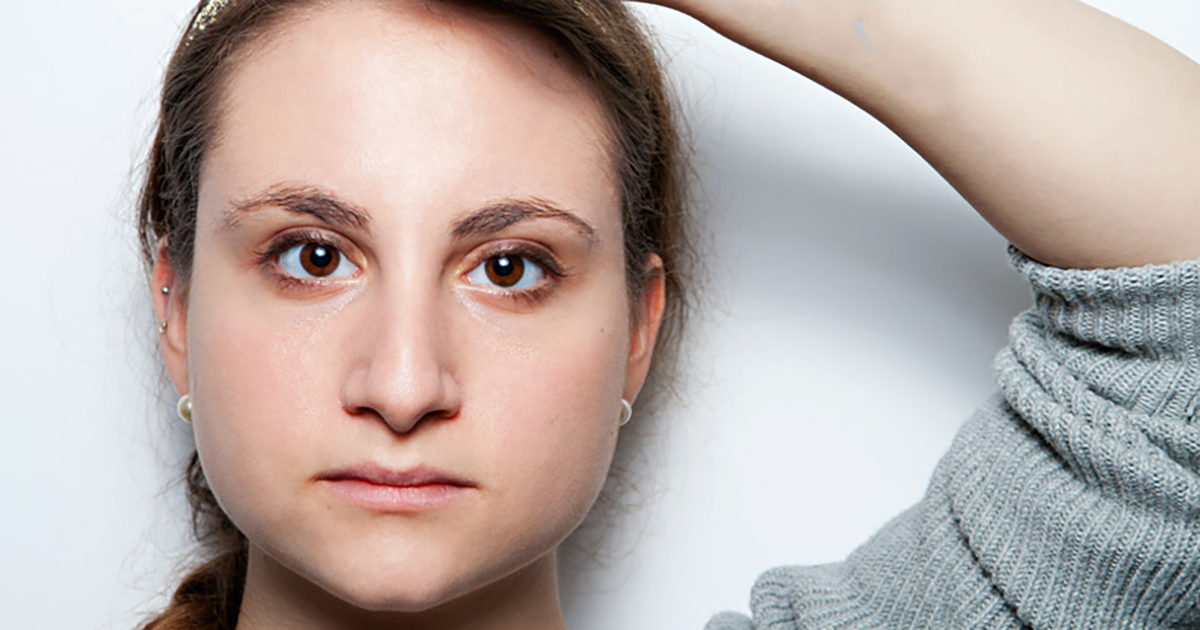Signs And Symptoms Of Ehlers-Danlos Syndrome
Overly Flexible Joints

Connective tissue holding joints together tends to be looser in Ehlers-Danlos syndrome patients than in the average population. Joints are capable of moving well beyond their normal range of motion. Loose joints aren't necessarily harmful on their own, but they can cause a great deal of pain and complication for EDS patients. Many non-EDS patients have a few overly flexible joints that can extend beyond a normal motion range. However, Ehlers-Danlos patients are more likely to suffer dislocations and joint pain due to the dysfunction of their connective tissue.
Hypermobility symptoms in Ehlers-Danlos patients tend to present with debilitating consequences to the musculoskeletal system. In studies done regarding patient symptoms and pain levels, one hundred percent of hypermobile Ehlers-Danlos patients reported experiencing joint pain. Hypermobility will usually begin during the first few months of a person's life, but it also doesn't tend to be painful in childhood. However, after an EDS patient reaches adulthood, the pain tends to set in. This pain causes a decrease in the person's ability to be hypermobile. It's also associated with back pain and muscle pain. Even though the patient's hypermobility decreases, the frequency of dislocations and other painful symptoms does not.
Continue to discover the facial features to watch for.
Distinctive Facial Features

Ehlers-Danlos syndrome patients with the vascular type may have distinctive facial features. It's common for vascular EDS to have protruding, large eyes, a small and underdeveloped chin, unusually sunken cheeks, lobeless ears, and a thin nose and lips. Almost all vascular EDS patients present with an abnormal oral frenulum, abnormal eyelashes, an absence of eyebrows, and a lack of earlobes or extremely small earlobes.
The distinctive facial features may be linked to the genetic cause of the disease. Vascular EDS typically occurs due to a mutation in a person's COL3A1 gene, and rare cases involve a mutation of the COL1A1 gene. The COL3A1 gene is responsible for instructions for making a particular component of collagen, which supports the structure of a person's body. The lack of this component leads to unusually small facial features that usually involve collagen-richness. The chin, cheekbones, and earlobes are all structured largely by collagen.
Continue reading for the final symptom on this list.
